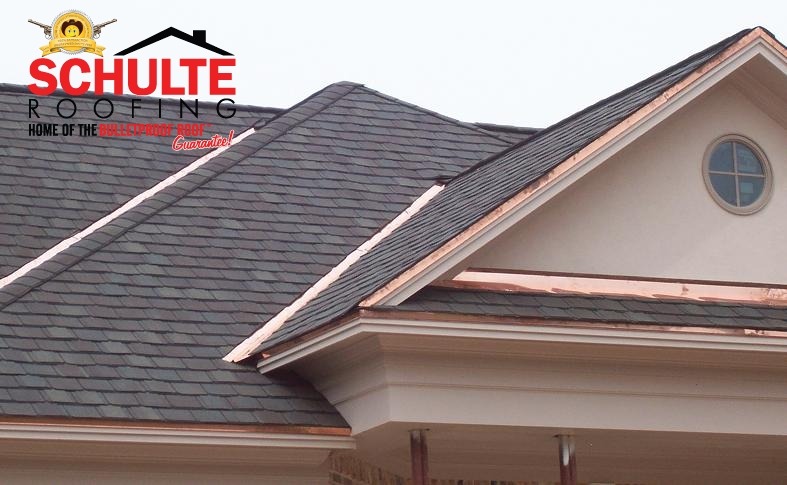 A roof is the umbrella that protects the home from the forces of nature. It plays a vital and critical role in keeping everyone who is inside safe from the effects of outside elements. This is the strong line of defense against snow, wind, sun and water and all other elements of nature that batter a roof in Houston all year long.
A roof is the umbrella that protects the home from the forces of nature. It plays a vital and critical role in keeping everyone who is inside safe from the effects of outside elements. This is the strong line of defense against snow, wind, sun and water and all other elements of nature that batter a roof in Houston all year long.
Because of the importance of this protective covering, every responsible building owner needs to have a simple knowledge of the many technical terms that relate to a roof and are commonly spoken of within the roofing industry.
Roofing Terms:
Asphalt – A waterproofing agent that is utilized in the manufacturing of a bituminous built-up roofing system. It gives shingles their resistance to water and durability.
Butt Edge – This is the bottom part or outside boundary of a shingle that lies exposed.
Covering – The material put on top of the understructure of a roof to protect the sheathing from damage; usually shingles, tiles, slate or metal material.
Deck – Commonly used, this is the wooden base upon which any roofing material is applied.
Dormers – An additional structural element that projects from a sloping roof to create additional useable area within a building.
Drip Edge – A modified L-shaped flushing (metal or plastic) utilized to direct water into gutters.
Eaves – The horizontal roof edges that project beyond the building outer walls; the lower part of the roof that provides cover and shelter below it.
Fascia – A vertical surface or flat board that is installed at the end of the rafter which can be used to hold the gutter.
Flashing – A thin sheet of metal or vinyl that is installed in various intersections and seams on the roof to prevent the penetration of water to the below decking.
Gable – The area that is formed at the end of the roof on either the front or the side portion of the building; it is in the form of a triangle and readily identifiable.
Gutter – A narrow channel (metal or polyvinyl) on the very edge of a roof that collects water and directs it away from the foundation of the building, typically through downspouts.
Hip – This is a kind of roof where all sides slope down to the outer walls, usually at a gentle angle; there are no protrusions or any other vertical elements on the roof.
Overhang – A portion of the roof that extends from the sidewall of a building to offer shade and protection.
Pitch – The slope of a roof that is expressed as a ratio of rise to distance; it is sometimes expressed as a percentage.
Rafters – These are the sloped structural beams that support the roof deck and roof components. It is the wooden structure that supports the roof.
Ridge – The peak on top of the roof where two sloping roof planes intersect. It is the horizontal external angle of the two inclined planes.
Sheathing – The boards and other material that is placed over the rafters or trusses of a building; the covering is placed over this layer.
Structure – The basic support of the roof consisting of rafters and trusses; sheathing is placed upon this layer.
Valley – The internal angle formed where the two adjacent inclined roofs meet.
A basic familiarity and understanding of this representation of roofing terms will be very beneficial if a new roof in the Houston area is on the horizon. By these means, discussions with roofing contractors will be understandable and allow for correct roofing decisions to be made. By becoming familiar with these terms, you will be able to understand what the roofing contractor is saying when discussing any roofing concerns. Knowledge is always power when it comes to saving money on a roof!
